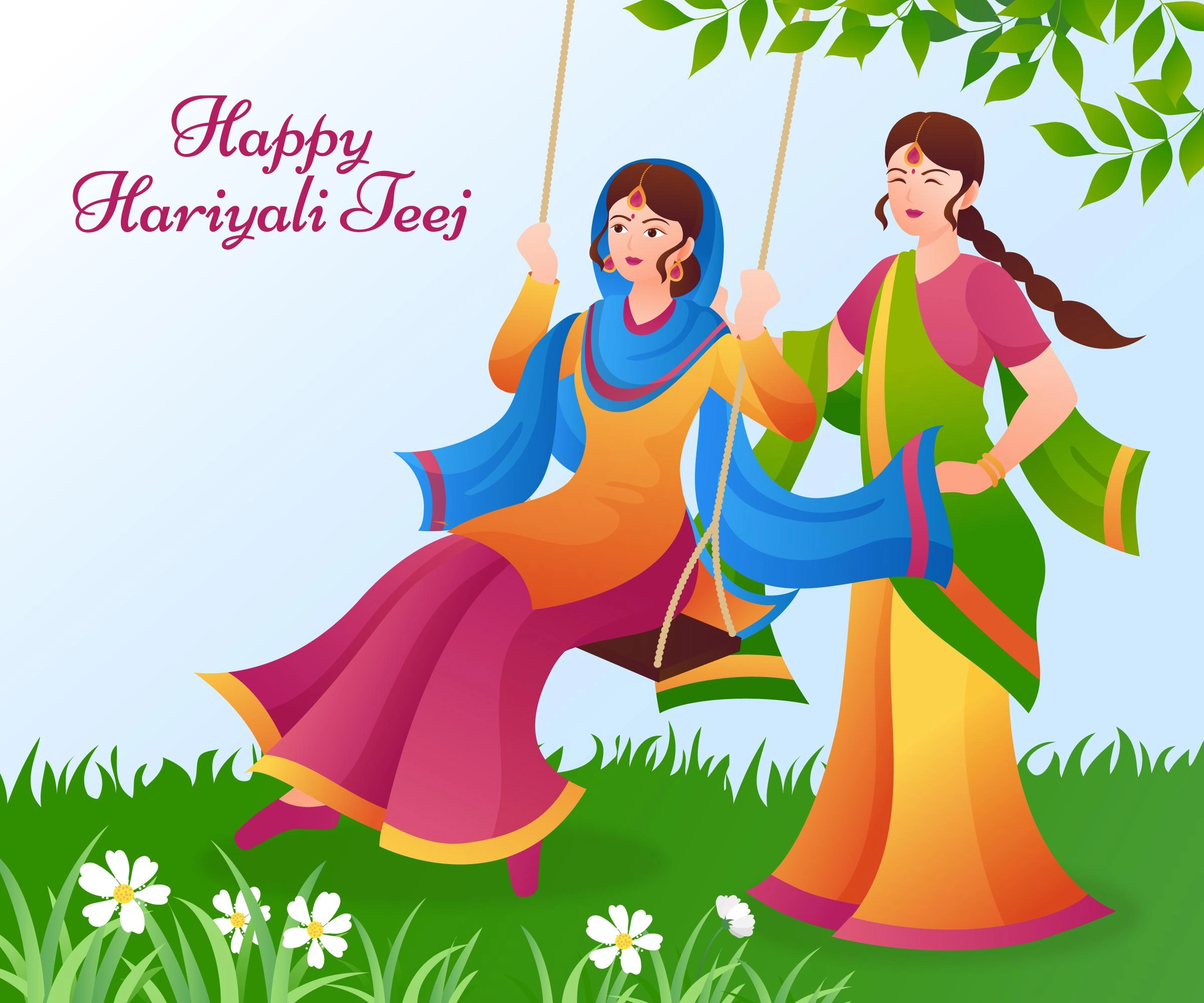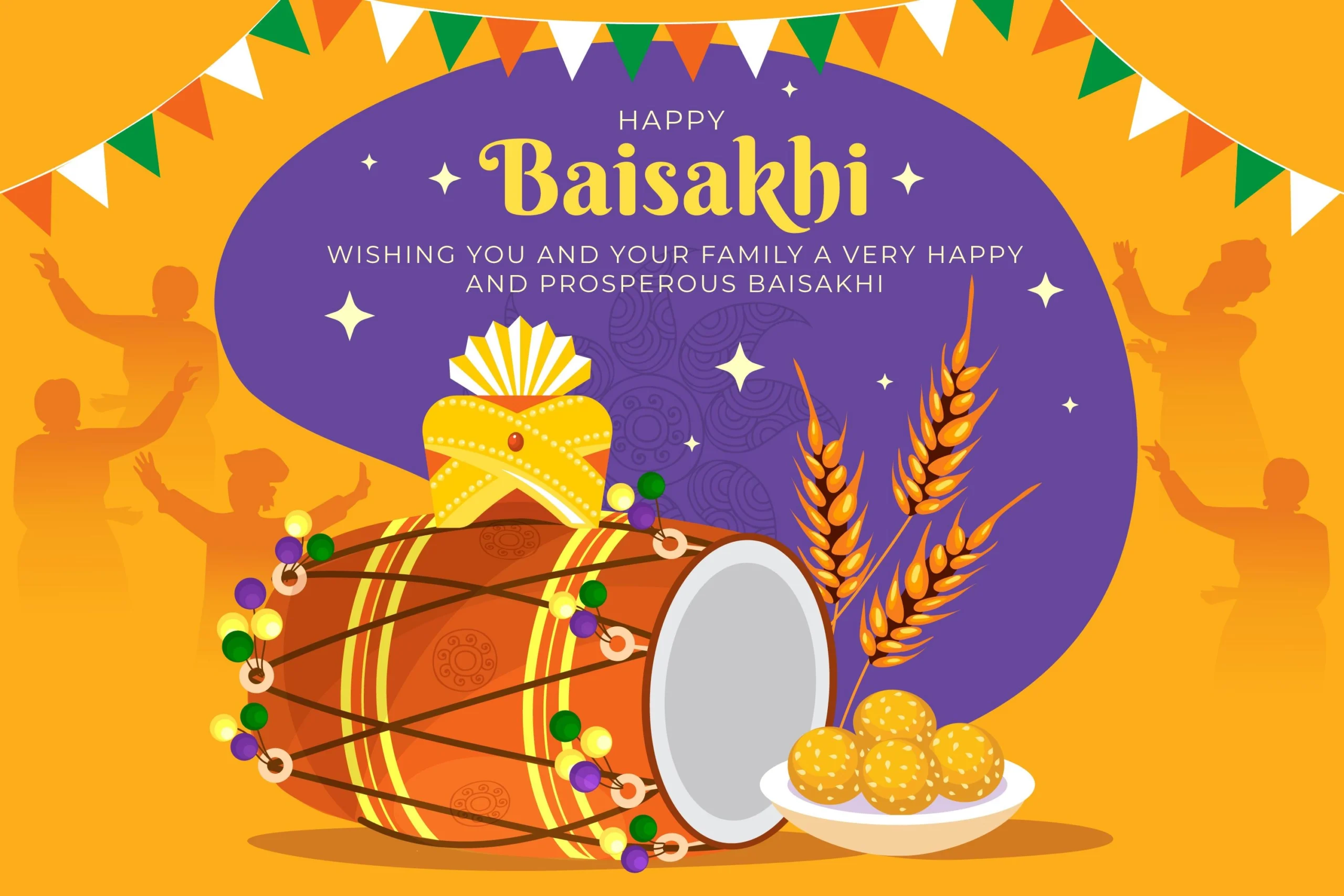Makar Sankranti is a vibrant and joyous festival celebrated across India, marking the transition of the Sun into the zodiac sign of Capricorn (Makara). This festival is not just a day of festivity but a time to embrace new beginnings, gratitude, and cultural heritage. In this article, we will explore the various aspects of Makar Sankranti, including its significance, traditional practices, and how to celebrate it with authenticity.
The Significance of Makar Sankranti
Makar Sankranti holds immense significance in Hindu culture. It is considered an auspicious day as it signifies the end of the winter solstice and the beginning of longer days. This period is known as Uttarayana, which is believed to be highly favorable for spiritual growth and prosperity. The festival is also associated with the harvest season, making it a time to thank the Sun God and nature for their bountiful blessings.
Historical and Mythological Background
The festival has its roots in ancient texts and mythology. According to Hindu scriptures, Makar Sankranti is the day when the Sun God visits the home of his son Shani (Saturn). Another legend states that on this day, Lord Vishnu ended the terror of the Asuras by defeating them and burying their heads under the Mandara Parvat. This act symbolizes the victory of light over darkness and good over evil.
Traditional Practices and Rituals
Makar Sankranti is celebrated with diverse customs and rituals across different states of India. Despite regional variations, the core essence of the festival remains the same – celebrating life, gratitude, and the harvest.
Kite Flying
One of the most popular and enjoyable activities during Makar Sankranti is kite flying. The skies are adorned with colorful kites of various shapes and sizes, symbolizing freedom and the joy of life. Families and friends gather on rooftops to compete in friendly kite battles, adding excitement to the celebration.
Holy Dip and Worship
Taking a holy dip in sacred rivers like the Ganges, Yamuna, and Godavari is a significant ritual on Makar Sankranti. Devotees believe that bathing in these rivers purifies the soul and washes away sins. After the bath, people offer prayers to the Sun God, seeking his blessings for health, wealth, and prosperity.
Preparing and Sharing Sweets
Food plays a central role in Makar Sankranti celebrations. Special sweets made from sesame seeds (til) and jaggery (gur) are prepared and shared with loved ones. These sweets, such as tilgul, ladoo, and chikki, are not only delicious but also symbolize the bonding of relationships and the warmth of togetherness.
Bonfires and Social Gatherings
In many regions, especially in Punjab and Haryana, people light bonfires and gather around them to celebrate Lohri, which coincides with Makar Sankranti. This practice signifies the end of winter and the onset of warmer days. Songs, dances, and traditional performances add to the festive spirit, creating an atmosphere of joy and camaraderie.
Regional Variations of Makar Sankranti
Makar Sankranti is known by different names and celebrated with unique customs across India. Let’s explore some of these regional variations.
Pongal in Tamil Nadu
In Tamil Nadu, Makar Sankranti is celebrated as Pongal, a four-day festival dedicated to the Sun God. The first day, Bhogi, involves discarding old belongings and cleaning homes to mark new beginnings. The second day, Thai Pongal, is the main day of celebration, where rice is cooked with milk and jaggery in a traditional pot, and offered to the Sun God. The third day, Mattu Pongal, is dedicated to honoring cattle, while the fourth day, Kaanum Pongal, is a time for family reunions and socializing.
Uttarayan in Gujarat
In Gujarat, Makar Sankranti is celebrated as Uttarayan, a two-day festival marked by massive kite flying competitions. The sky is filled with vibrant kites, and people indulge in feasts and social gatherings. Traditional delicacies like undhiyu (a mixed vegetable dish) and jalebi (a sweet) are enjoyed during this time.
Magh Bihu in Assam
In Assam, Makar Sankranti is known as Magh Bihu or Bhogali Bihu, signifying the end of the harvesting season. The festival begins with Uruka, a community feast prepared with the newly harvested crops. People build makeshift huts called meji, which are later burned as a symbol of farewell to the old year and welcoming the new.
Poush Sankranti in West Bengal
In West Bengal, Makar Sankranti is celebrated as Poush Sankranti, with a focus on preparing and sharing sweets made from rice, date palm jaggery, and coconut. The day is also marked by various fairs and cultural performances, showcasing the rich heritage of the region.
How to Celebrate Makar Sankranti
Celebrating Makar Sankranti can be a delightful experience, filled with joy, gratitude, and cultural enrichment. Here are some tips to help you celebrate this festival authentically.
Decorate Your Home
Begin by cleaning and decorating your home to welcome positive energy. Traditional rangoli designs made with colorful powders, flowers, and rice add a festive touch. Adorn the entrance with torans (decorative hangings) made from mango leaves and marigold flowers.
Prepare Traditional Sweets
Cooking traditional sweets is an integral part of Makar Sankranti celebrations. Gather your family and friends to make tilgul, chikki, and other delicacies. The process of preparing these sweets together enhances the festive spirit and strengthens bonds.
Fly Kites
Engage in the exhilarating activity of kite flying. Choose colorful kites and head to your rooftop or an open field. Compete with your friends and family, and enjoy the thrill of cutting each other’s kites while savoring the beauty of the sky filled with vibrant colors.
Participate in Community Events
Join local community events and fairs that celebrate Makar Sankranti. These gatherings offer a chance to witness traditional performances, dances, and cultural displays. It’s a wonderful way to immerse yourself in the rich heritage and traditions of the festival.
Offer Prayers and Donations
Take a moment to offer prayers to the Sun God, expressing gratitude for his blessings. You can also engage in acts of charity by donating food, clothes, or money to those in need. This act of kindness embodies the true spirit of Makar Sankranti – sharing and caring for others.
Conclusion
Makar Sankranti is a festival that beautifully encapsulates the essence of gratitude, new beginnings, and cultural heritage. Whether you are flying kites, preparing sweets, or participating in community gatherings, the celebration of Makar Sankranti brings people together in joy and harmony. By embracing the traditional practices and rituals, we honor our roots and create cherished memories with our loved ones. Let this Makar Sankranti be a time of happiness, prosperity, and togetherness for all.


